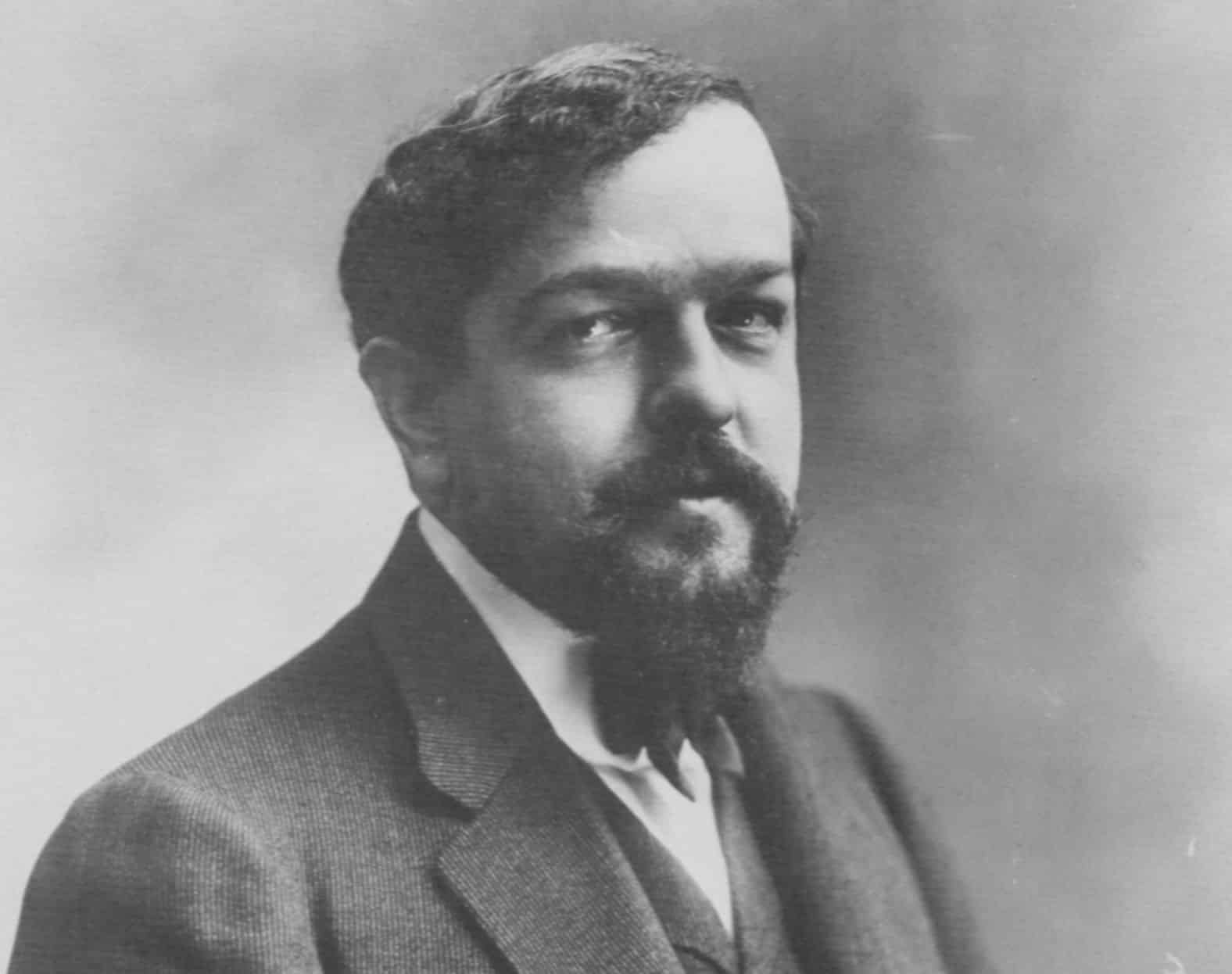
Mozart: The Life and Legacy of a Musical Genius
Wolfgang Amadeus Mozart is considered one of the greatest geniuses in the history of Western music. In his brief 35 years of life, he produced[…]

Debussy – Pelléas et Mélisande
Pelléas et Mélisande is the only completed opera by French composer Claude Debussy, and it stands as a landmark in the history of modern music.[…]

Debussy – Ibéria
Among the shimmering gems of early 20th-century orchestral music, Claude Debussy’s Iberia stands out as a masterful evocation of Spain—by a French composer who, interestingly,[…]

Debussy – Prélude à l’après-midi d’un faune
One of the most celebrated and influential works of French impressionist music, Prélude à l’après-midi d’un faune (Prelude to the Afternoon of a Faun) by[…]

Debussy – Jeux
Claude Debussy, one of the most prominent figures in French Impressionism, created Jeux in 1912, a ballet that remains one of his most intriguing and[…]

Debussy – La mer
La Mer (The Sea), composed by Claude Debussy between 1903 and 1905, is one of the most iconic works in the impressionist composer’s repertoire. Known[…]

Debussy – The Girl with the Flaxen Hair
Claude Debussy’s La fille aux cheveux de lin (The Girl with the Flaxen Hair) is one of his most beloved and iconic piano works. Composed[…]

Debussy – Clair de Lune
“Clair de Lune” (“Light of the Moon”) is one of the most beloved and famous compositions by French composer Claude Debussy. Known for its ethereal[…]

Brahms – Piano Quintet
Johannes Brahms’ Piano Quintet in F Minor, Op. 34 stands as one of the most powerful and dramatic works in the chamber music repertoire. Composed[…]

Brahms – Piano Concerto No. 1
Johannes Brahms’s Piano Concerto No. 1 in D minor, Op. 15, is a towering masterpiece that showcases not only the composer’s early genius but also[…]